
Planetary Picture of the Day
Week of May 8, 2023
A detailed, dusty debris disk; the Sun in h-alpha detail; and two gorgeous astrophotos from different parts of the world.
Monday, May 8, 2023
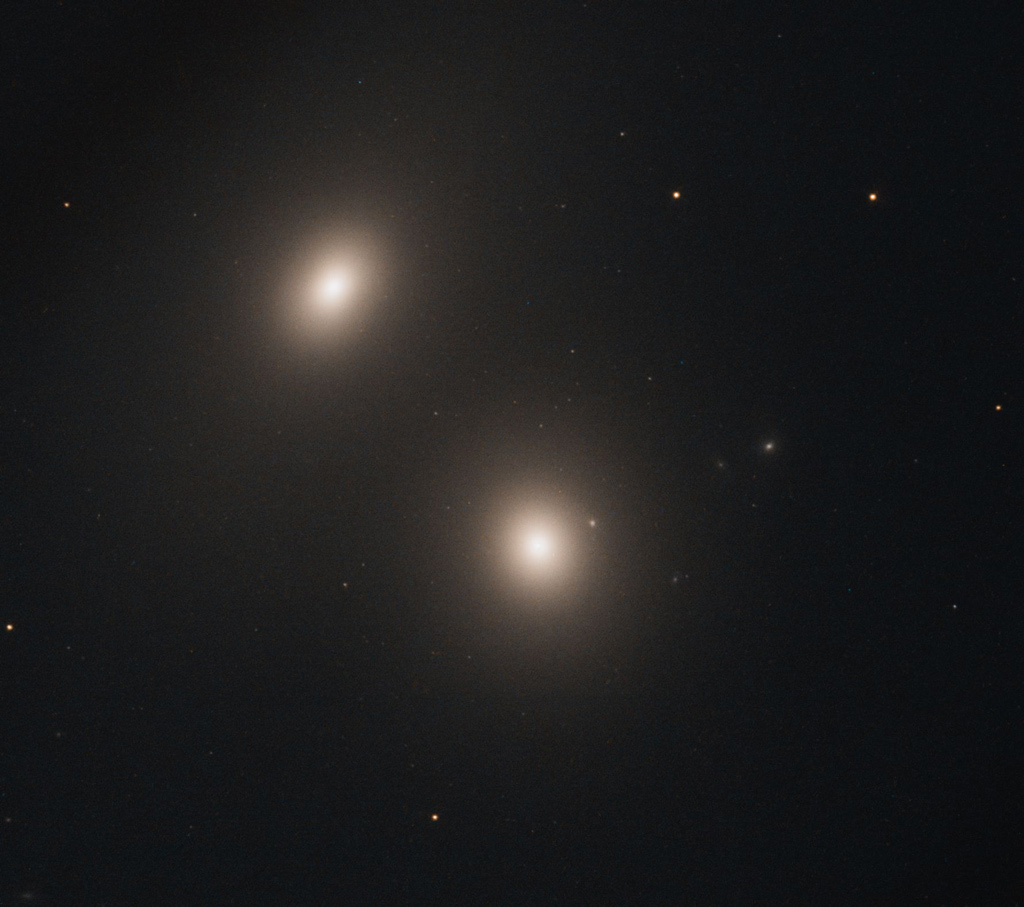
Energetic Galaxy
This NASA Hubble Space Telescope image reveals NGC 547, an elliptical galaxy that sits about 250 million light-years away from Earth in the constellation Cetus. NGC 547 shines just below the center of this image, with its companion galaxy NGC 545 near the upper left. Collectively, the pair is known as Arp 308.
NGC 547 is a bright radio galaxy, meaning it has giant regions of radio emission extending well beyond its visible structure. The lobes of radio emission are powered by jets from the active galactic nucleus, or AGN, at its center.
Galaxies with active galactic nuclei have an extremely bright region at their cores where a supermassive black hole exists. As dust and gas fall into the black hole it emits light across the entire electromagnetic spectrum.
Radio galaxies are one of the most energetic astrophysical phenomena. Hubble observed this galaxy as part of a survey for a dataset meant to help in continuing tests of scientific theories about AGNs.
Tuesday, May 9, 2023
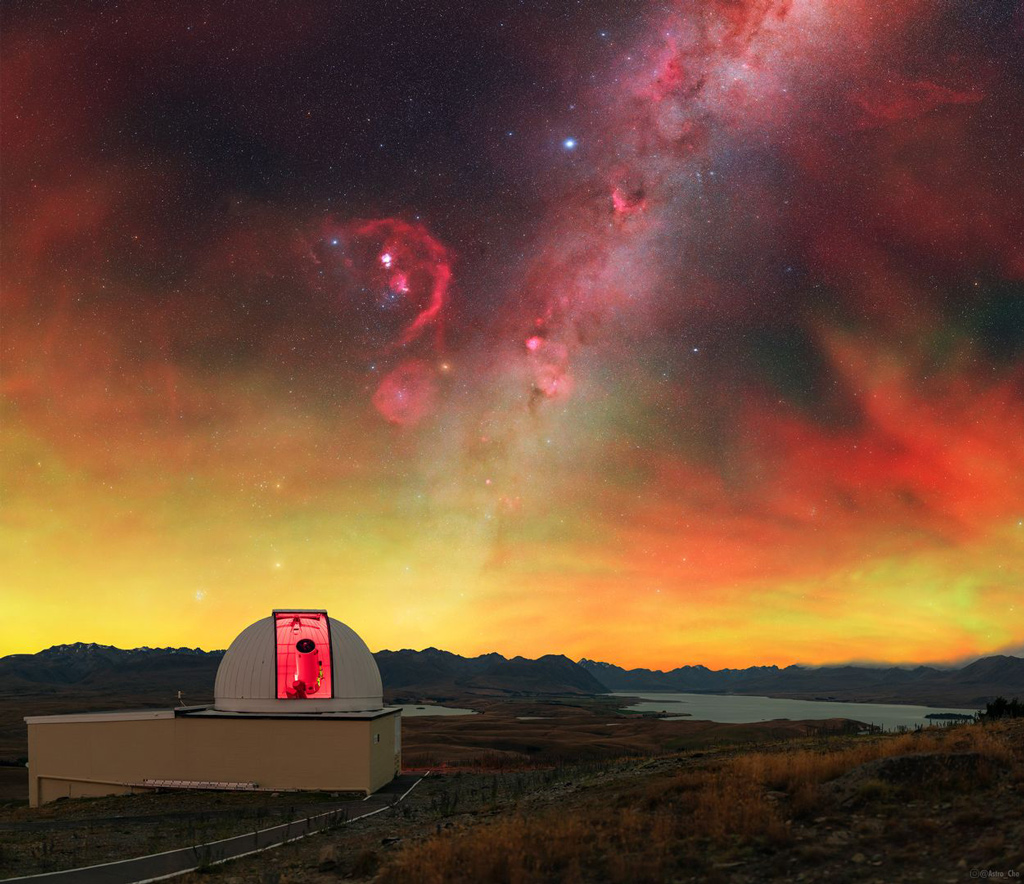
Mount John Observatory
This stunning image was taken from Mt. John Observatory near Lake Tekapo in New Zealand, where the night skies are unpolluted, making for spectacular views. The dome houses the Boller & Chivens Telescope (B&C), a 0.61-metre reflector. The photo is a 25-piece mosaic taken in 90 second exposures.
Wednesday, May 10, 2023
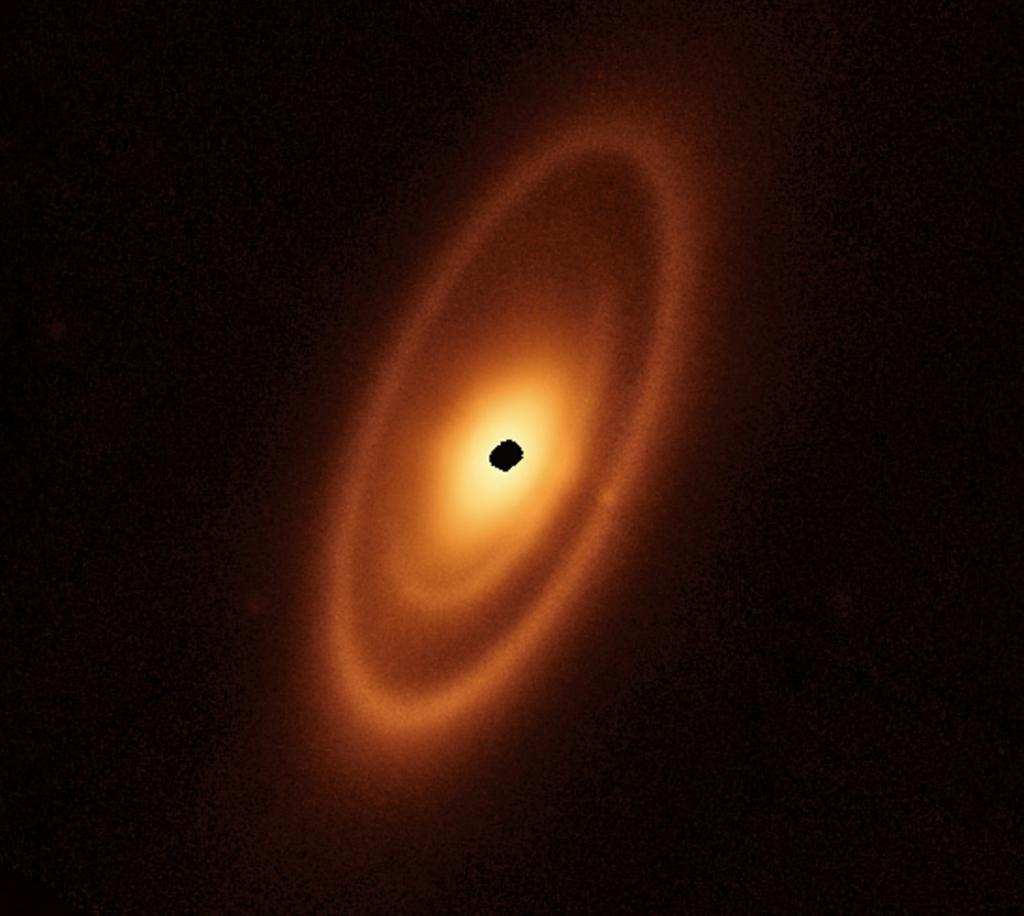
Fomalhaut Dusty Debris Disk
This image of the dusty debris disk surrounding the young star Fomalhaut is from Webb’s Mid-Infrared Instrument (MIRI). It reveals three nested belts extending out to 23 billion kilometers from the star. The inner belts – which had never been seen before – were revealed by Webb for the first time.
The Hubble Space Telescope and Herschel Space Observatory, as well as the Atacama Large Millimeter/submillimeter Array (ALMA), have previously taken sharp images of the outermost belt. However, none of them found any structure interior to it.
These belts most likely are carved by the gravitational forces produced by unseen planets.
Thursday, May 11, 2023

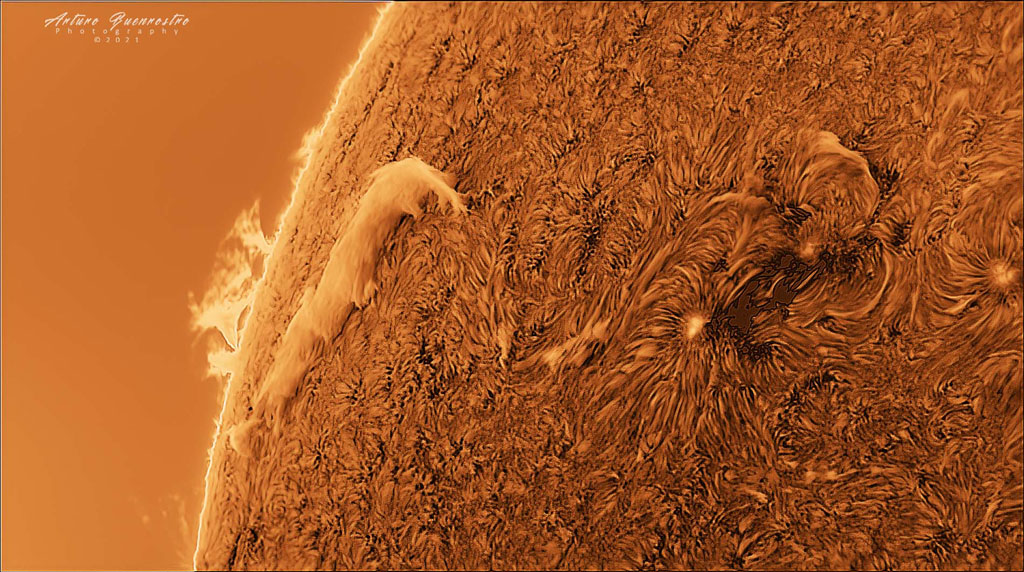
Sun, in Detail
Enjoy these two pictures of the Sun, taken in November 2021, a mere two years into Solar Cycle 25. The Sun has been giving off large flares recently, as we head toward a predicted maximum in 2025; however, these two images show a much quieter Sun. The dark sunspots are cooler than the surrounding photosphere, while the snakelike solar prominences and filaments indicate where the Sun's magnetic field has become unstable. These instabilties lead to the coronal mass ejections and flares that cause the Earth to experience aurorae.
Friday, May 12, 2023
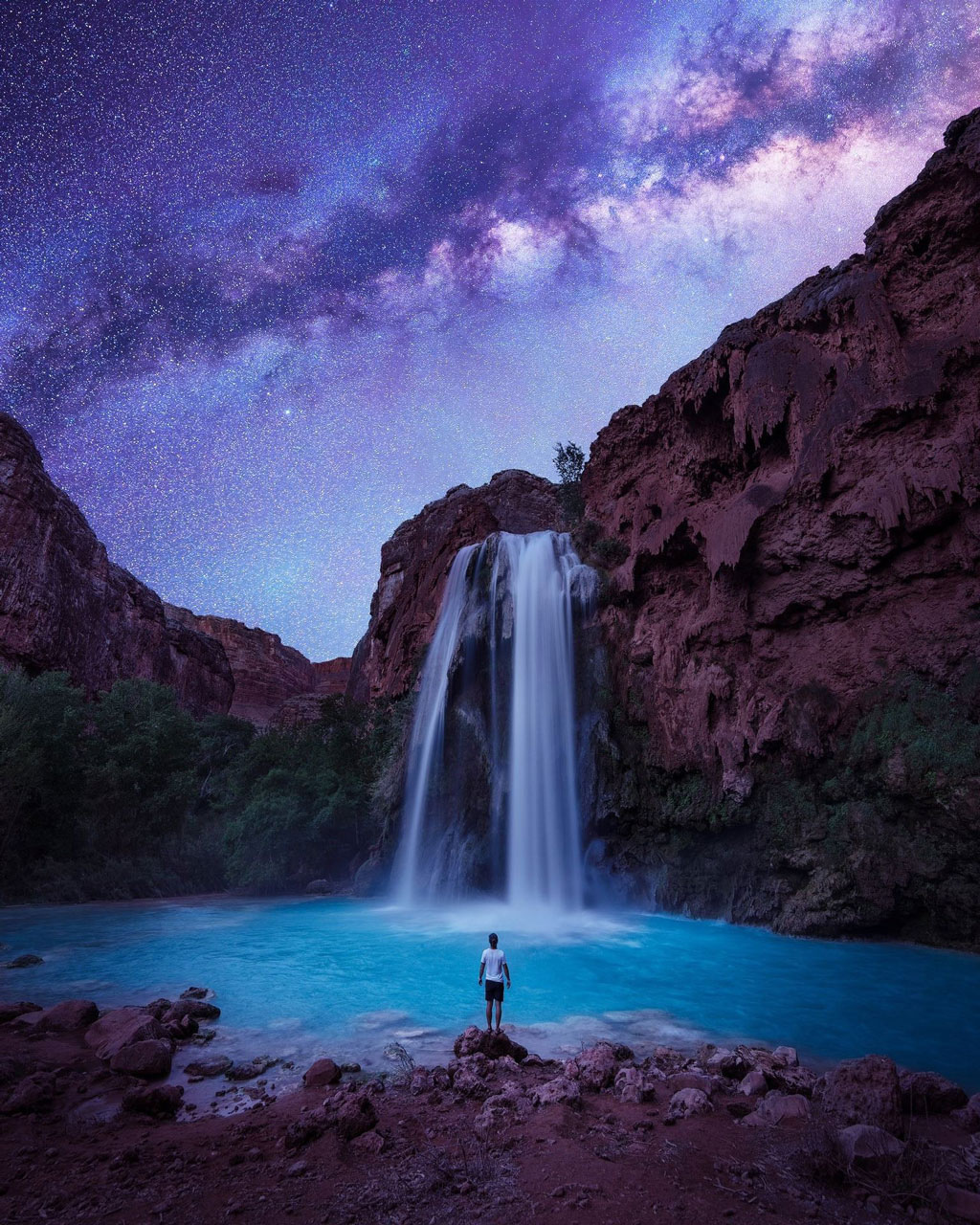
Havasu Falls
Located in the Grand Canyon, Arizona, Havasu Falls drops 27 to 30 meters down a vertical cliff into a series of pools. Calcium carbonate in the water causes the beautiful blue-green color and the formation of travertine dams down river. This image is a composite which brings out the detail in the core of the Milky Way.
The falls are within Havasupai tribal lands.





